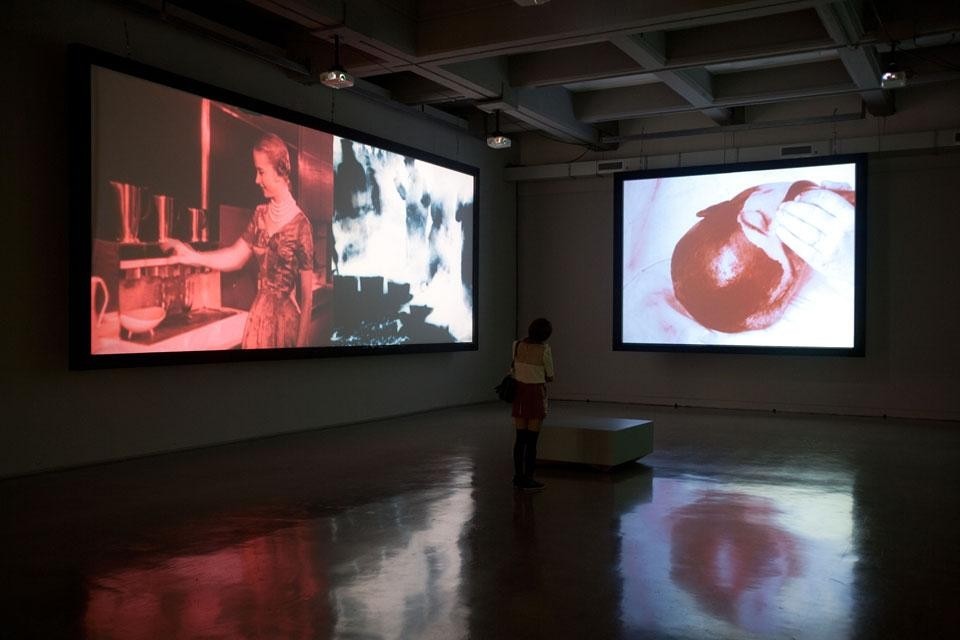By collaborating in a team of students with these farmers, a new form of participatory education is being established by Sheng Lin Chang, a professor at National Taiwan University's Graduate Institute of Building and Planning, as well as the director of the New Ruralism Research and Development Center. In addition to running workshops and studios in the green tea fields, her team, including Brad Huang (the General Secretary of the Chinese Wild Bird Federation), created the Blue Magpie Tea brand to raise awareness of a diminishing bird population native to the mountains in the region. Sheng Lin, an urban planner and activist, uses the word "agri-action" to describe her work with students and farmers to build the Pinglin Satoyama Center, as well as the broader application of research tools to increase awareness of rural and ecological diversity threatened by urban development and the construction market.
The extent of the work of such architects and planners, not only present in rural space but also directly involved with local conditions, was illustrated in Life of Particles (2012) at the Taipei Biennial, one of the most influential and conceptually engaging exhibitions in the local Asian art scene as well as the global sphere. In the film, a Japanese rice farmer speaks on the free formation of subjectivity and the energy of nature. This is part of the ongoing research and practice of artists Angela Melitopoulos and Maurizio Lazzarato on subjectivity, animism, everyday life practices, and the French psychotherapist and philosopher Felix Guattari.
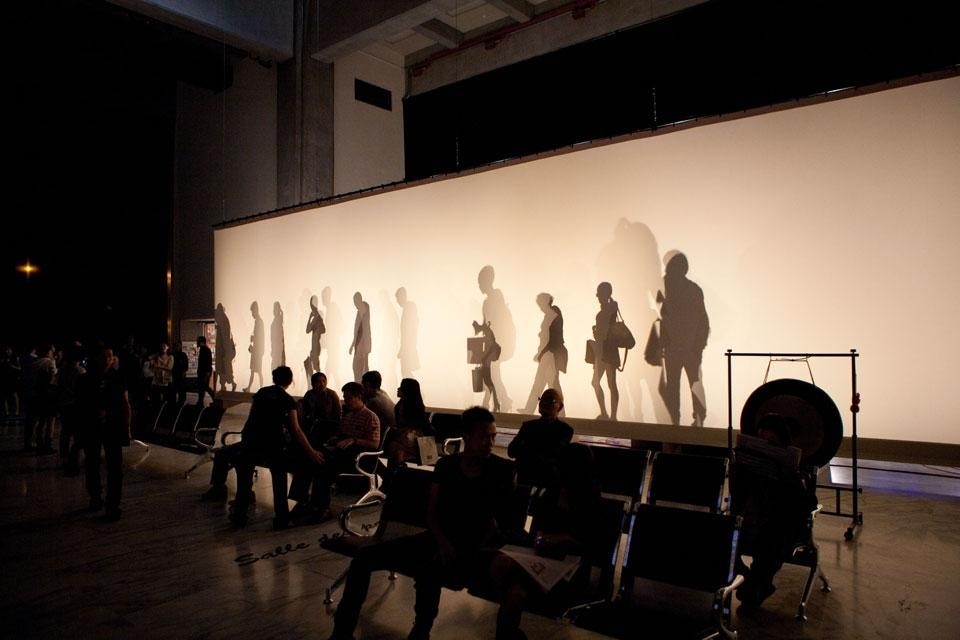
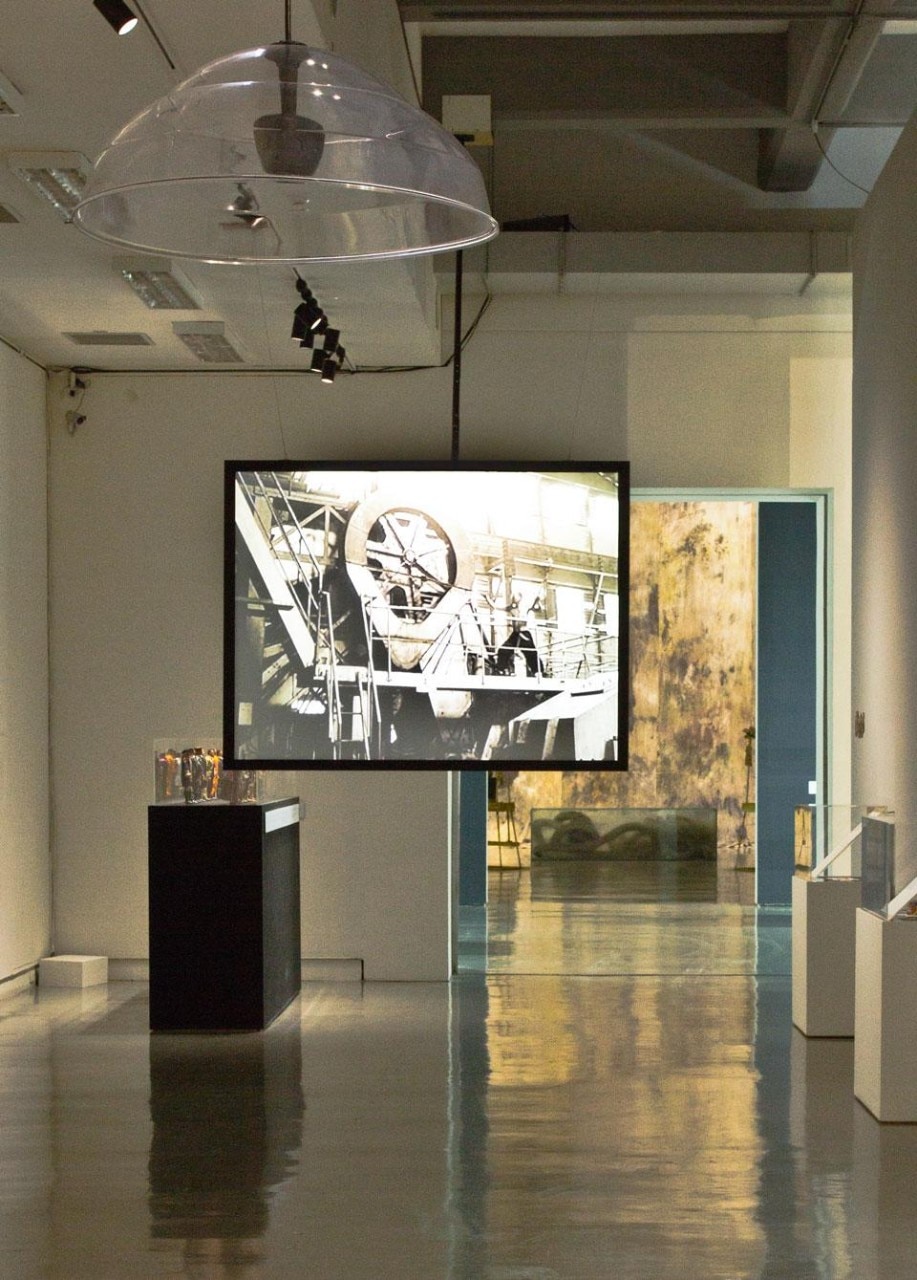
Anselm Franke's criticism of modern history is grounded in a combination of Asian and Western perspectives
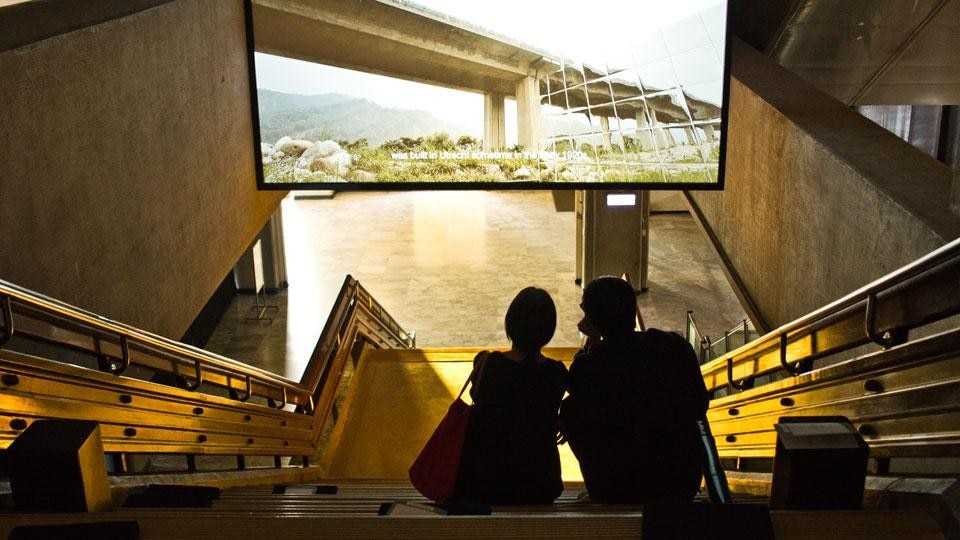
Anselm Franke: A certain contradiction was intended! Internal contradiction is a very productive tool. It fictionalises the museum on the one hand and "musealises" this fiction on the other. The idea is to create a "clinical" museum that is also a sort of "delirium" of the museum, fixing form in order to mobilise it. This, indeed, reflects the theme of the biennial. We engage with a kind of monstrosity that shows itself by turning things upside down. The "Taowu" monster — our mascot, if you will — undermines human intentions by foreseeing and thwarting human plans, and hence turns good into evil, like the failed act of signification. Both on the structural level of the content and aesthetics of the work and museum narratives, as well as on the level of design, this monster has been translated into the principle of the Kippfigur ("reversible image") — the multistable picture where the perception of figure and ground can be exchanged. The entire biennial is full of multistable figures, and it attempts to make the visitor into one too.
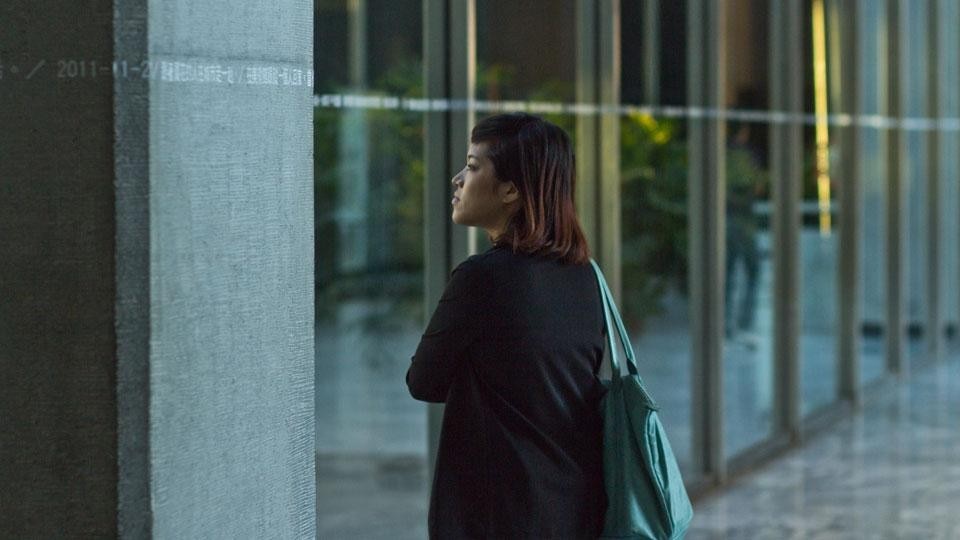
Anselm Franke: The main idea of Hannah Hurtzig's installation was to make the visitors into shadows, to de-subjectify them, if you will. But you realise that only after the fact, when you turn back and see other visitors entering the biennial and becoming part of this shadow theatre. Taiwan is an extremely spiritual place, and the Taoist underworld is present everywhere, well organised and bureaucratic. In order to deal with it, humans have to engage in all kinds of transactions. The idea from my side was that the entire biennial is somehow an "underworld", and this entrance is the gate to the shadow world. There, negativity always rules supreme. The biennial was meant to be the counterpart to the Taoist underworld—a "modern underworld", on whose terrors rest the modern order.
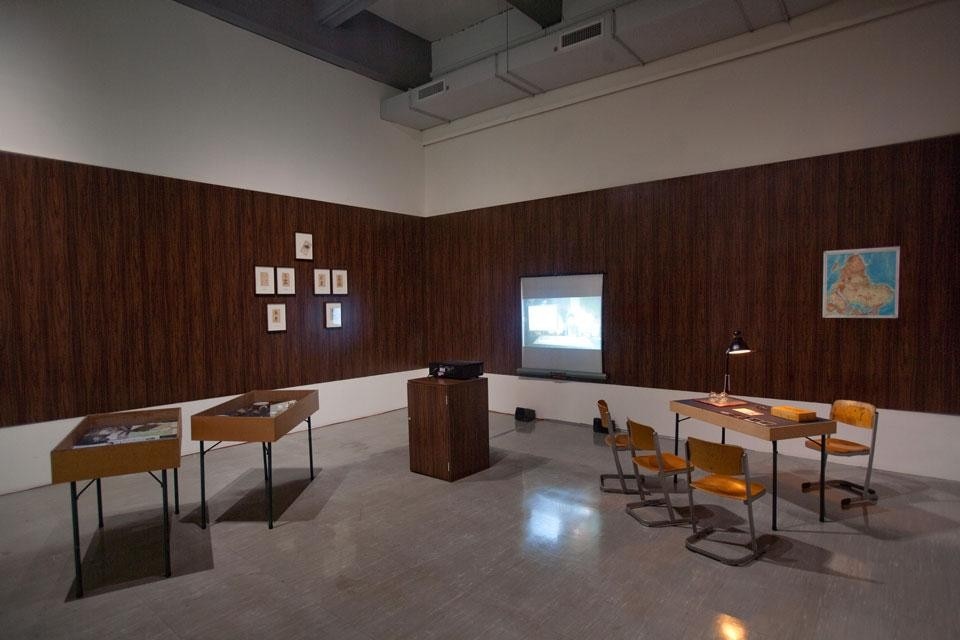
Pelin Tan is a writer and editor based in Istanbul. Trained in sociology and art history, Tan is an assistant professor in the New Media Department of Kadir Has University, as well as an advisory editor of ARTMargins (MIT) and NOON, the Journal of Contemporary Art and Visual Culture of the Gwangju Biennale Foundation. Tan was an associate curator of the Adhocracy exhibition at the first Istanbul Design Biennial in 2012.
